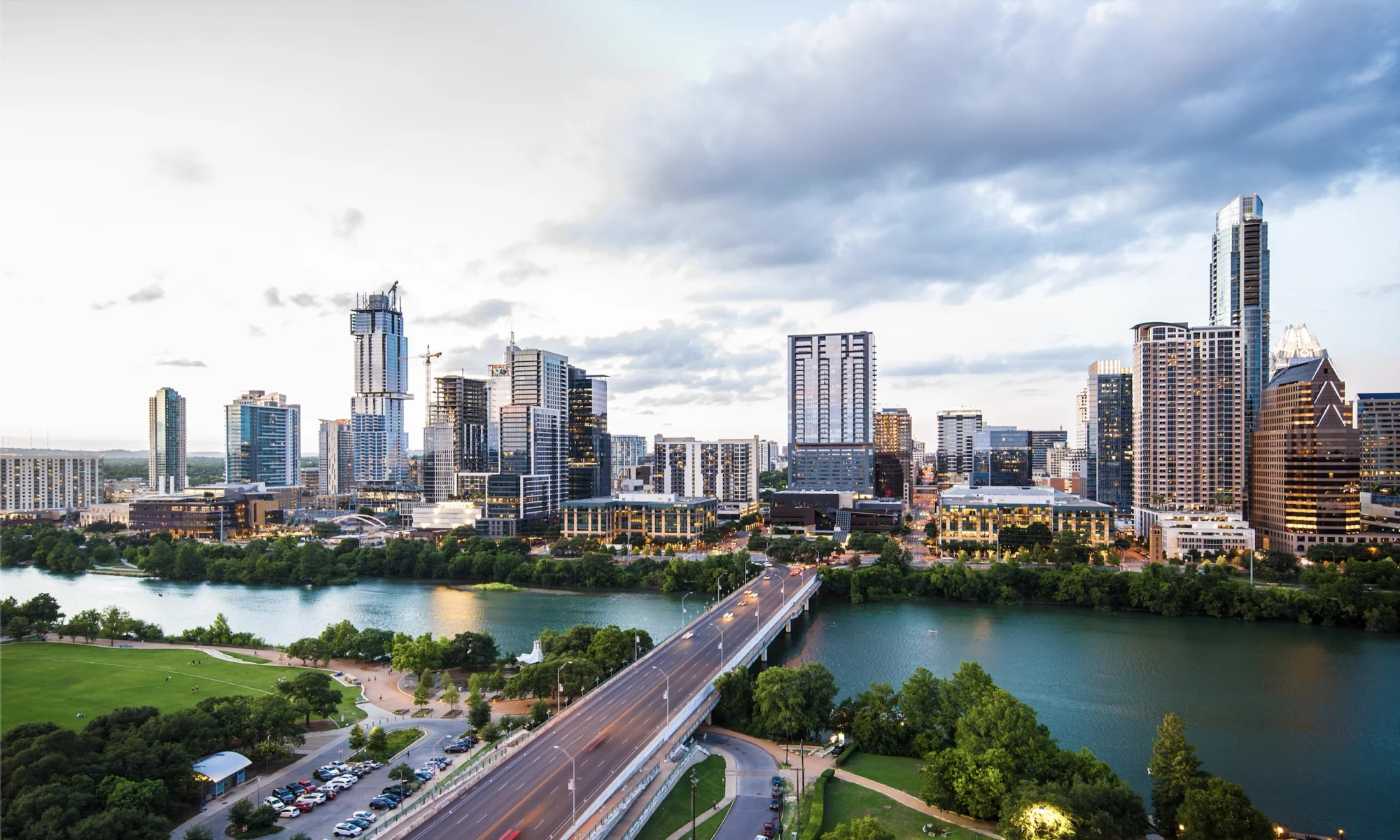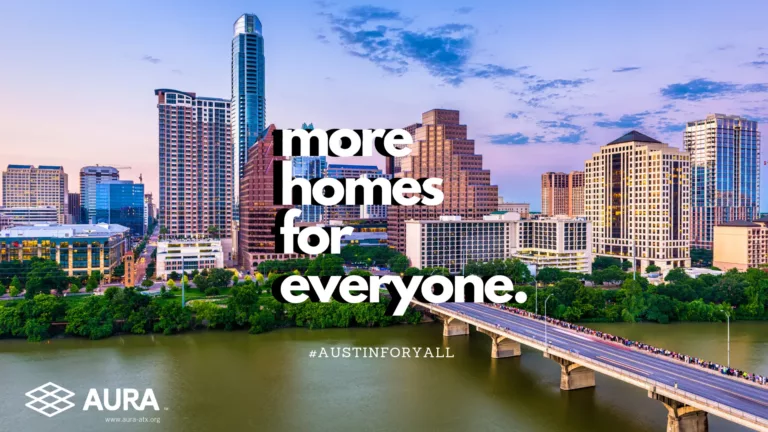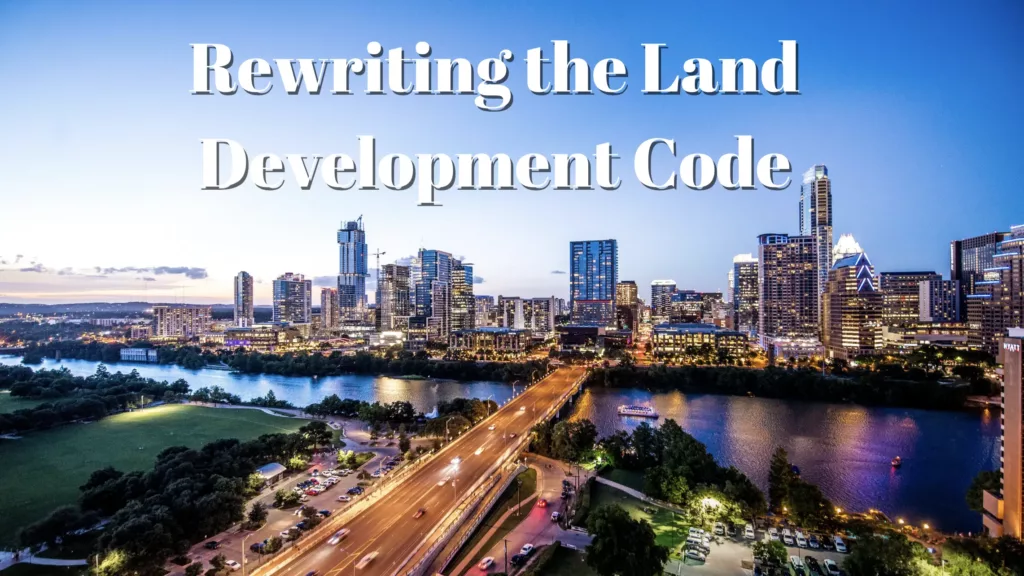“We can work together to break down rules that stand in the way of building new housing and that keep families from moving to growing, dynamic cities.”
— President Obama, remarks to the U.S. Conference of Mayors,
January 21, 2016
In 2016 the Obama Administration released its Housing Development Toolkit to help address the “local barriers to housing development [that] have intensified, particularly in the high-growth metropolitan areas increasingly fueling the national economy”.
The toolkit lists several actions communities can take to help cities:
- “protect homeowners and home values while maintaining housing affordability”
- “reduce commute times, and increase use of public transit, biking and walking”
- “reduce economic and racial segregation”
- “[reduce] greenhouse gas emissions”
Needless to say, Austin is one such “high-growth” metropolitan area, where “housing production has not been able to keep up with demand”, thus “exacerbating the housing affordability crisis.”
That affordability crisis along with protecting the environment and decreasing traffic are the main reasons that our city is rewriting its Land Development Code. Below we list the recommendations from the Obama Housing Toolkit and how they are implemented, or not, in Austin’s proposed Land Development Code.
“In more and more regions across the country, local and neighborhood leaders have said yes, in our backyard, we need to break down the rules that stand in the way of building new housing – because we want new development to replace vacant lots and rundown zombie properties, we want our children to be able to afford their first home, we want hardworking families to be able to take the next job on their ladder of opportunity, and we want our community to be part of the solution in reducing income inequality and growing the economy nationwide.”

| From Obama’s Toolkit | In Austin’s Code Rewrite |
| Establish by-right development “by-right” development allows projects to be approved administratively when proposals meet local zoning requirements. Such streamlining allows for greater certainty and more efficient development and, depending on a locality’s regulatory approach, supports lessening of barriers from density limits and other zoning requirements. | The new code allows more by-right development in almost every part of Austin, be it multi-family apartments along corridors, missing middle housing (duplexes up to 10-plexes) in transition zones, or accessory dwelling units and duplexes in small-scale residential lots. |
| Streamline or shorten permitting processes and timelines Permitting processes can introduce yet another source of cost and uncertainty in the effort to increase housing supply through production. Unnecessarily lengthy permitting processes restrict long-run housing supply responsiveness to demand. | The new code streamlines the patchwork of regulations that make up our current code into a simpler, more unified code. |
| Eliminate off-street parking requirements Parking requirements generally impose an undue burden on housing development, particularly for transit-oriented or affordable housing… By reducing parking and designing more connected, walkable developments, cities can reduce pollution, traffic congestion and improve economic development. | The new code reduces or eliminates minimum parking requirements along major corridors defined in the Austin Strategic Mobility Plan and the Imagine Austin comprehensive plan. |
| Enact high-density and multifamily zoning Local zoning code changes that allow for the development of higher-density and multifamily housing, especially in transit zones, can help to alleviate some of the pressure of the growing population in many city centers. | The new code allows for denser multi-family apartments along major corridors, and “missing-middle” homes like 4-plexes and townhomes in “transition zones” near corridors. |
| Allow accessory dwelling units Accessory dwelling units can expand the available rental housing stock in areas zoned largely for single-family housing and can address the needs of families pulled between caring for their children and their aging parents. | The new code allows for Accessory dwelling units (garage units, granny-flats, etc) in almost all areas of Austin. |
| Establish density bonuses Density bonuses encourage housing development and incentivize the addition of affordable housing units by granting projects in which the developer includes a certain number of affordable housing units the ability to construct a greater number of market rate units than would otherwise be allowed. | The new code includes density bonus programs that incentivize the addition of Affordable units everywhere in Austin. |
The following recommendations are either not allowed under Texas State Law (2, 8, 9), or would be enacted separately from the land development code rewrite:
2. (Tax vacant land or donate it to non-profit developers)
8. (Employ inclusionary zoning)
9. (Establish development tax or value capture incentives)
10. (Use property tax abatements)


